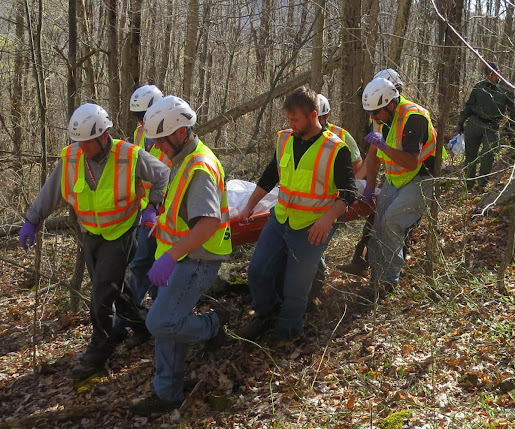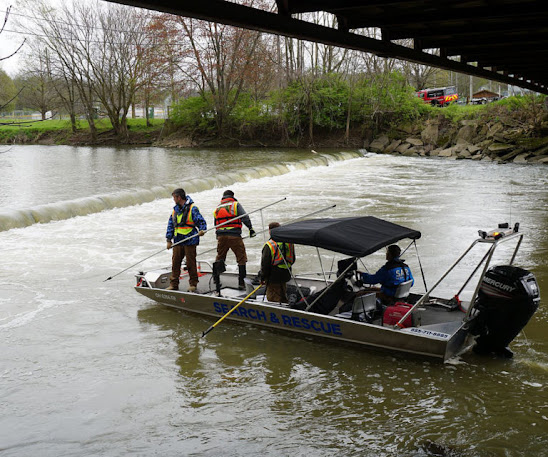Earthquake Disaster Rescue
Earthquakes are impossible to predict and exceedingly difficult to detect and prepare for, and the devastation they can bring in a matter of seconds has resulted in massive casualties in the past. Furthermore, as a result of the rapid rate of socio-economic growth and urbanization, as well as an expanding worldwide population, buildings are becoming larger and more complex, potentially increasing the total damage that an earthquake may do.
Because of the lack of
easily available rescue equipment and individuals with emergency response
capabilities, emergency search and rescue professionals efforts in the event of an
earthquake can sometimes struggle, especially in the early stages. As a result,
in places where communities are at risk, improving cooperation and sharing of knowledge,
equipment, and skills linked to earthquake emergency search and rescue is
becoming increasingly important.
The Earthquake Emergency Experienced Rescue Teams training courses are required to help disaster management officials and residents in project pilot communities enhance their earthquake emergency search and rescue skills. As a result, earthquake emergency rescue operations can be carried out more swiftly, efficiently, and in a more orderly fashion, reducing casualties and economic losses and preserving societal stability.
Meanwhile, the training course can
provide a platform for project stakeholders to learn, observe, exchange, and
communicate, assisting in the spread of skills such as self-rescue,
coordination and command, medical aid, relocation, and resettlement among
community disaster managers and residents. The ultimate goal of this initiative
is to ensure that people are completely prepared in the event of future
earthquakes.
Model of Earthquake Deployment for Earthquake Disaster Rescue
Following a large-scale earthquake disaster, there are disaster areas with dispersed geographical locations and various disaster scenarios, as well as rescue places. At each rescue point, there are crisis response team of various sizes and abilities. Based on the disaster information we obtained, we can determine the type of rescue team that a catastrophe site requires.
As a
result, the challenge of locating the most comparable rescue teams can be
recast as the optimal deployment of rescue teams. The emergency rescue effect
is best achieved by calculating the similarity between rescue teams and
deploying the rescue teams with the highest similarity.
The
following assumptions are made based on the real emergency rescue situation
following a large-scale earthquake disaster: The number of crisis response
teams required by the catastrophe site is highly proportional to the
population size and the number of survivors; the road condition and matching
geographic location information are gathered through GIS.
When a
large-scale earthquake strikes, the road network in the disaster zone is
frequently damaged. In order to reduce rescue time, the helicopter is also
employed as an emergency transport instrument when combined with the
internationally agreed definition of the 72-hour golden rescue period after a
disaster.



Comments
Post a Comment